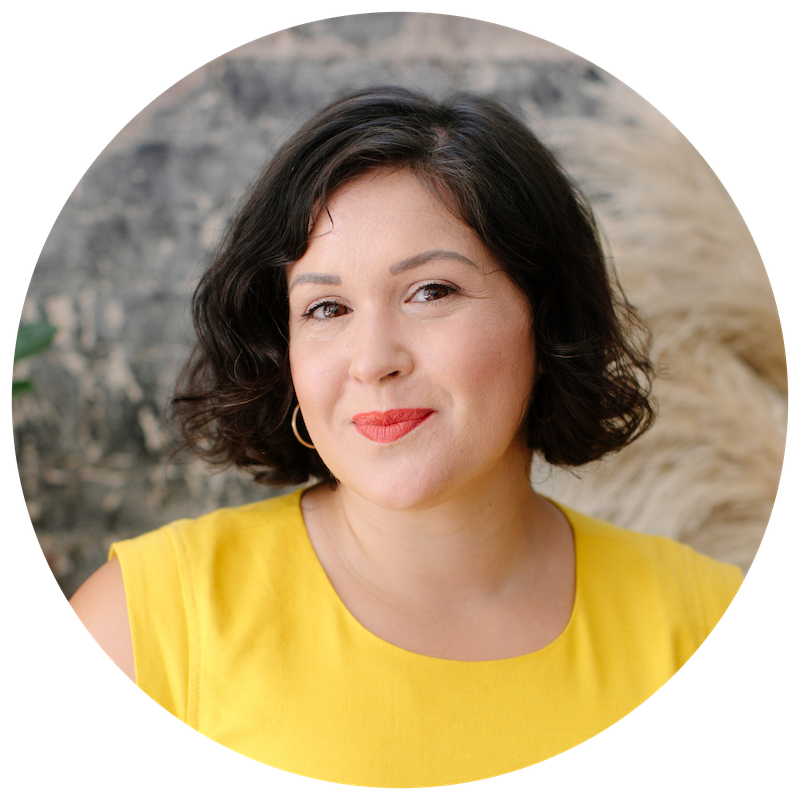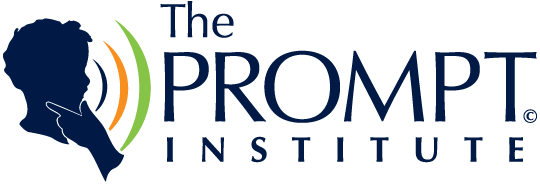
Recently, I returned to my work with the little ones. There is really no better feeling than figuring out the puzzle pieces of a little one and watching magic happen! The great thing about early childhood is that once you solve the puzzle, the magic happens so quickly! If you want to watch your little one’s speech and language development flourish, follow these tips.
Eye contact is key.
Always place your child in a way that they can see your face and your mouth. We have a tendency to place children with their backs propped on us, unless we are feeding. Babies receive lots of social cues and signals from our eyes and focus on our mouth to try to figure out how we do that thing called speaking. For a child 0-5 months, I like to sit with my knees bent and child leaning and propped between my knees and my thighs. For children who are beginning to sit independently, I support the back with the heels of my feet while the child is safely supported by the circle of my legs.
Give choices grow independence.
Babies need choices and this is the first way that children use language. Babies learn to gesture toward the desired object at around 8 months old. From this gesture, they begin to use sounds to indicate their desire, and finally, around 12-14 months, they begin to say the name of the object they actually want. Aid this natural progression by always placing two objects in front of your little one, so that they can reach toward what they want.
Sharing is caring.
Turn-taking is an often-overlooked skill. Children as young as 9 months can begin to learn my turn/your turn. You can do this when doing a puzzle with your child and you each have a chance to place a piece. The same is true for a shape sorter, or even when turning pages in a book. By developing these skills early on, your child will be an expert by the time he reaches the terrible twos!
Get messy.
Even as adults, we have sensory issues, but language develops in the optimal environment, and for some children that means making a mess. Take the time to make play doh and slime with your child, play in bean bins by digging for treasure, and draw pictures in shaving cream on your wall. Doing these multi-sensory (i.e. involving all the senses) activities with your child will activate many more parts of his brain, leading to increased integration (connectedness).
Devices are over-rated. Talk to me.
Don’t get me wrong–I love my iPhone, iPad, iMac…–but children still learn best from speaking. The 30 Million Word Project has been revisiting Hart & Risley’s 1975 study, indicating that children from lower-income homes hear 30 million fewer words than their upper-middle-class peers by the time they reach Kindergarten. This research shows a clear connection between the amount and diversity of language a child hears and their future success, all the way through high school. Talk about the things in your environment, respond to your child’s questions, and have real conversations.
Have a question regarding early language development?
Sign-up for my newsletter to get more tips like this!






0 Comments